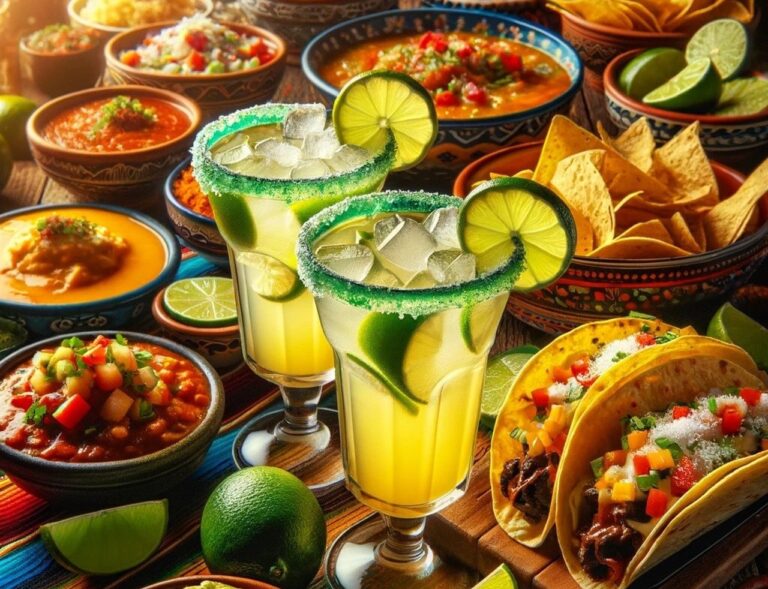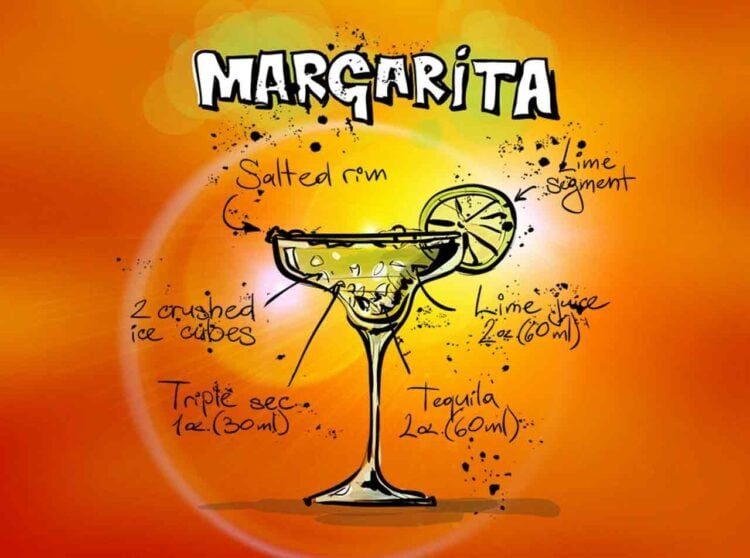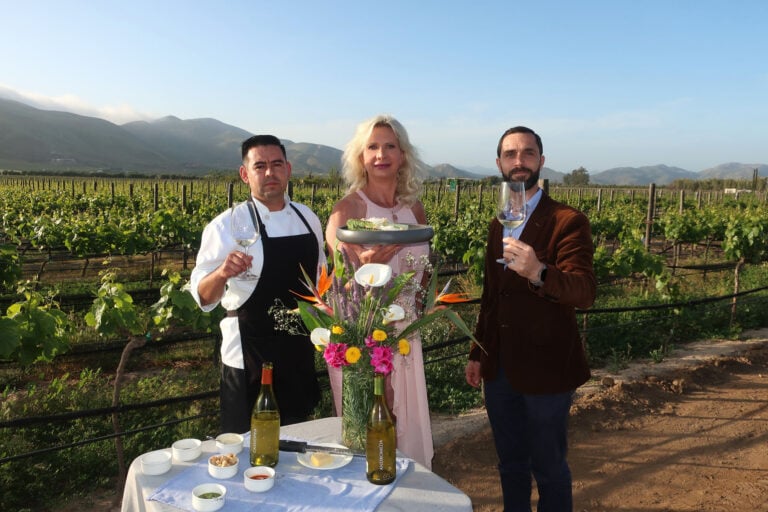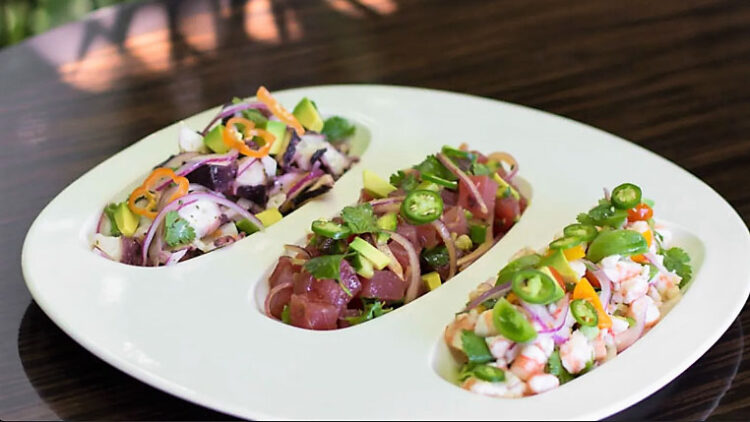Wine of the Week: Château de Villemajou, Corbières-Boutenac 2017 | Languedoc, France
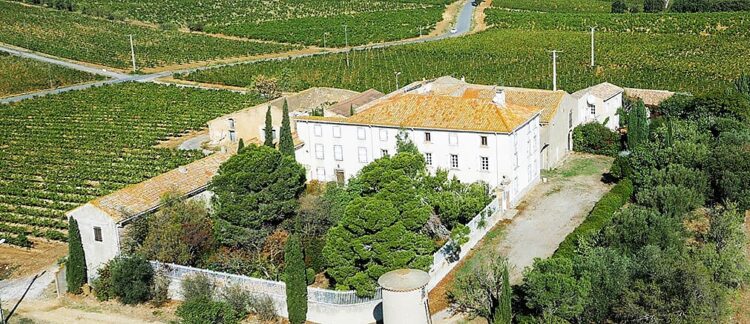
Corbières Boutenac | August 8, 2022
> ABOUT LANGUEDOC
The Languedoc vineyard covers three departments in the South of France: Gard, Hérault and Aude. The first to plant vines in the region were the Greeks in the 5th century BC. It was then the Romans who further cultivated it, followed by the Great Expansion until the modern period (17th century). In 1863, phylloxera ravaged French vineyards. Once the remedy was found, the vineyard size of the region increased sharply to become one of the largest wine regions at the beginning of the 20th century. Languedoc AOC vineyards cover an area of 85,000 acres in 2020. Some appellations within the Languedoc region are Minervois, Corbières, Lunel, Fitou, Mireval, Frontignan, Saint-Chinian, Limoux and Cabardès.
Languedoc is located in a Mediterranean climatic zone, characterized by mild winters, hot and dry summers and low rainfall. The prevailing wind, the tramontane, promotes the drying of the vines and prevents diseases. This remarkable climate is therefore ideal for growing vines.
The AOC Corbières extends from the gates of Carcassonne to the lakes of Leucate and Narbonne, from the foothills of the Pyrenees to the foot of the Montagne Noire, over an area of 28,000 acres. It is the Languedoc appellation with the largest area. It produces approximately 73 million bottles per year on very diverse soils: shale, sandstone, limestone and marl. The relief is very rugged, made up of basins and slopes. The vines are cultivated at an altitude of more than 1,200 feet at the foot of Mont Tauch, between Tuchan and Villeneuve-des-Corbières.
Several grape varietals are used in the production of red and rosé wines of the AOC Corbières: Carignan, Grenache Noir, Cinsault, Syrah and Mourvèdre. The white wines are made from the Grenache Blanc and Maccabeu grape varietals.
> ABOUT THE WINERY
Château de Villemajou is the fruit of the encounter between an exceptional terroir, Boutenac, original grape varietals, and the grower’s know-how. Situated inland in the Corbières appellation, this estate is unique for its very old Carignan vines, a Mediterranean varietal that has been rehabilitated in order to produce great Languedoc wines. The remarkable soil allows the roots to grow very deep, thus protecting the vineyard from the climate excesses of the Mediterranean such as water stress and violent storms.
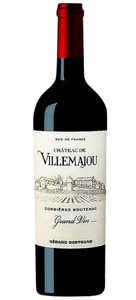
Origin: Languedoc, France
Varietals: 57% Syrah, 26% Carignan, 17% Mourvèdre
Sustainability: certified biodynamic
Suggested retail price: $28.00
ABV: 15.5%
The wine shows a deep garnet color with a purple hue. Powerful but elegant aromas of jammy fruit, spices and a touch of vanilla materialize in the nose. The palate boasts black cherry, raspberry, roasted notes and some licorice. The finish is long with silky tannins and good acidity.
Suggested food pairings: rack of lamb, game, steaks, grilled vegetables, ripe cheeses.
> For more information, visit the Gérard Bertrand official website.

